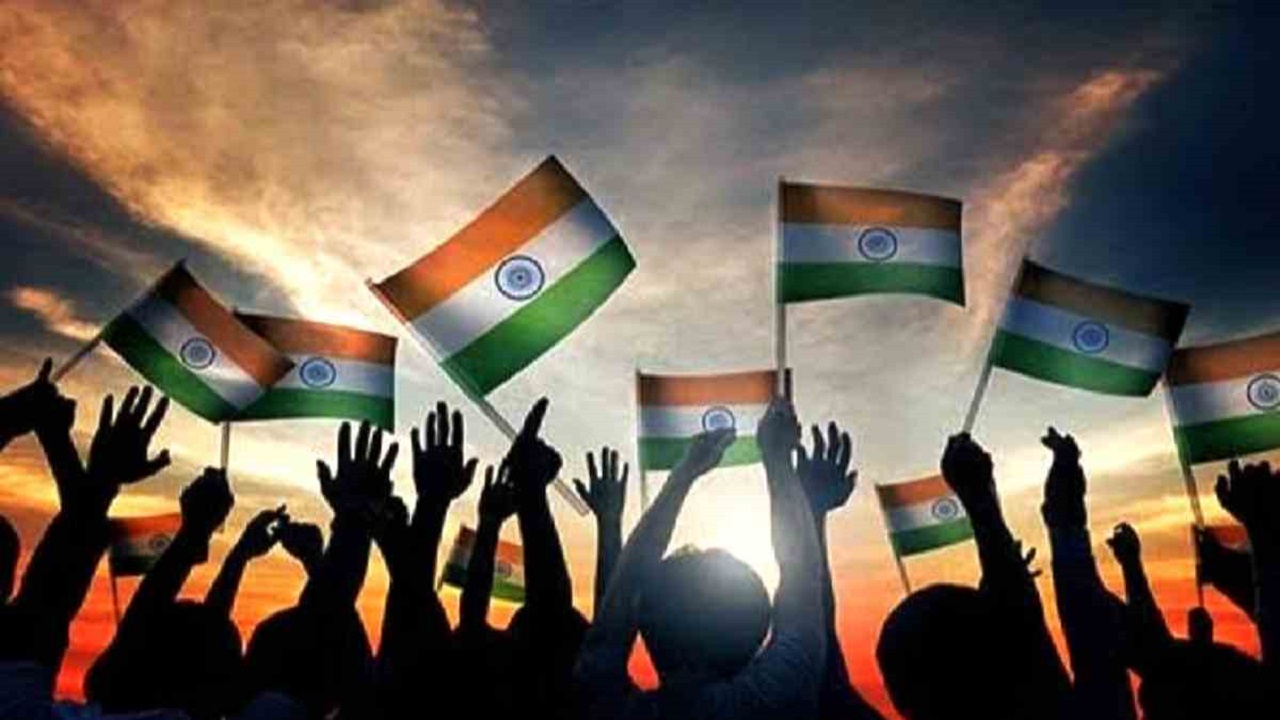Crisis in Manipur: Political Turmoil and Humanitarian Challenges
Context
On February 13, 2025, Article 356 of the Indian Constitution was invoked in Manipur, placing the State under President’s Rule. This meant that the President of India took over all administrative and legislative functions, replacing the Council of Ministers. However, the State Assembly was not dissolved but kept in "animated suspension," allowing time for the ruling Bharatiya Janata Party (BJP) to resolve internal conflicts.
Reasons for President’s Rule
- Lawlessness & Ethnic Strife: For 20 months since May 3, 2023, communal violence persisted, yet the Union government took no action.
- Constitutional Deadline: Article 174 mandates that the gap between two Assembly sessions must not exceed six months. The deadline expired on February 12, 2025 after the winter session was skipped.
- Political Crisis: On February 9, 2025, Chief Minister N. Biren Singh resigned under BJP's central pressure due to internal dissent. This led to instability, with no consensus on his successor.
- Governor's Action: Manipur's Governor Ajay Kumar Bhalla unexpectedly declared the scheduled Assembly session "null and void," worsening the crisis.
With no functioning government and a lapsed Assembly, President’s Rule was inevitable.
Political Landscape of Manipur
- Manipur has 33 Scheduled Tribes, mainly Naga and Kuki-Zo groups, alongside Meiteis, Meitei Muslims (Pangals), and other non-tribal communities.
- Frequent Political Instability: This is Manipur’s 11th time under President’s Rule, highlighting its fractured political landscape.
- Populist Politics: Political factions have exploited ethnic tensions, further deepening divisions.
Impact of Conflict & Displacement
- 58,000 people forcibly displaced, living in relief camps across Valley and Hill districts.
- 12,000 fled to Mizoram, 7,000 to Nagaland, Assam, and Meghalaya.
- Breakdown in medical access, forcing people to travel through Mizoram and Nagaland for healthcare.
- Lack of basic needs: Food, clean water, and education remain severely affected in relief camps.
Measures Needed
- Humanitarian Aid: External organizations must step in.
- Water Supply: Urgent action needed as families spend a large share of income on water.
- Medical Evacuation: Establish humanitarian corridors for critical patients.
- Restoration of Supply Chains: Essential goods must be transported safely to affected areas.
Conclusion
While the BJP government may soon return, deeper structural and humanitarian challenges persist. Ethnic divisions, misinformation, and displacement remain critical issues. Any long-term solution must prioritize peace, inclusivity, and sustainable governance over political maneuvering.




Comments (0)